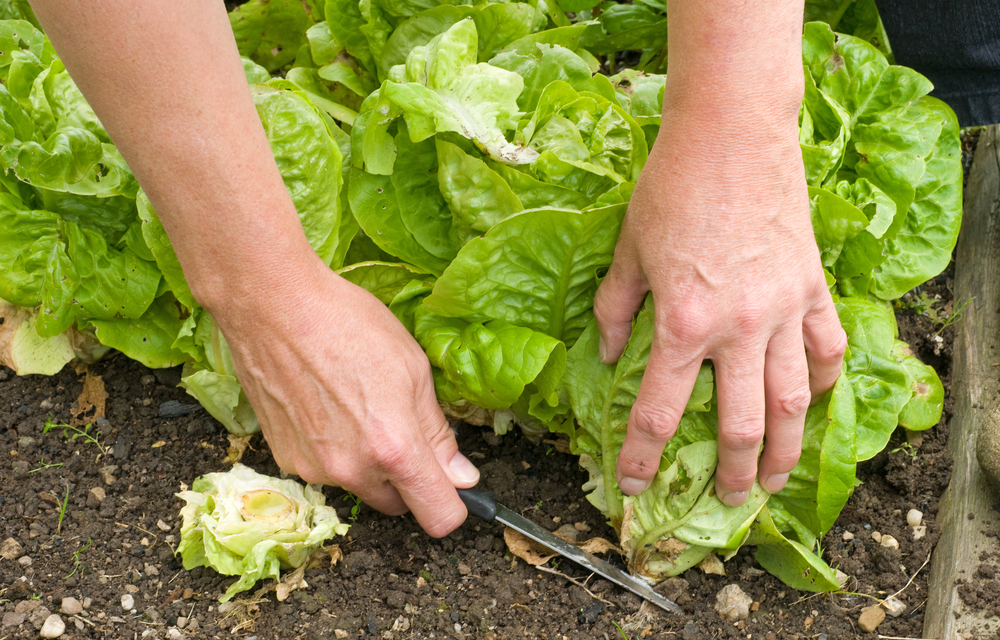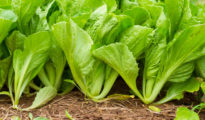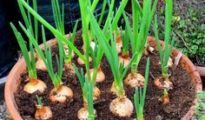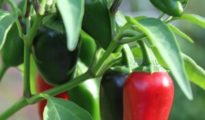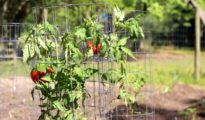Harvesting and storing your vegetables is an essential aspect of gardening and ensuring a steady supply of fresh produce. Not only does it allow you to enjoy your homegrown fruits and vegetables for an extended period, but it also helps maximize their flavor and nutritional value. This guide will provide tips for prolonging the shelf life of your harvested vegetables and ensuring their flavor remains at its best.
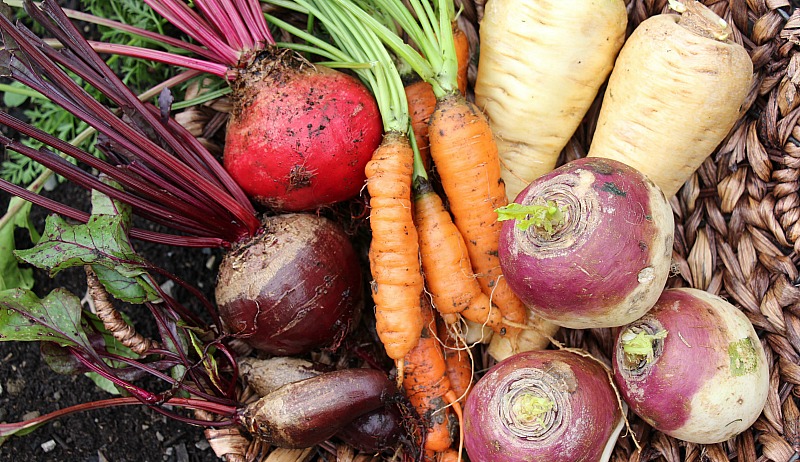
Tips for Harvesting and Storing Vegetables: Tips for Prolonging Their Shelf Life and Maximizing Their Flavor
Before you start harvesting, it’s essential to understand the best time to pick each vegetable. This will depend on the variety of the plant and the specific vegetable you’re growing. For example, tomatoes should be picked when they are fully ripe, while lettuce and spinach should be harvested before they bolt. You can tell if a vegetable is ready to be picked by examining its color, size, and firmness.
Once you’ve determined that your vegetables are ready to be harvested, it’s important to handle them properly. Avoid bruising or damaging the produce as this can reduce its shelf life. Use a sharp knife or pruning shears to cut the vegetable from the plant, being careful not to damage the plant or surrounding vegetation.
How to Store Different Vegetables to Maximize Their Shelf Life and Flavor
After harvesting, it’s essential to store your vegetables properly to prolong their shelf life. Here are some tips for storing different types of vegetables:
Tomatoes: Tomatoes are best stored at room temperature, away from direct sunlight. Do not refrigerate tomatoes, as this will affect their flavor and texture. Instead, place them in a single layer on a plate or tray and keep them away from other produce, as they can release ethylene gas, which can cause other fruits and vegetables to spoil more quickly.
Potatoes: Potatoes should be stored in a cool, dark, and dry place, such as a pantry or root cellar. Avoid storing potatoes near onions, as they give off gases that can cause the potatoes to spoil more quickly. Store potatoes in a paper bag or burlap sack to allow for air circulation and to prevent them from sprouting.
Onions and Garlic: Onions and garlic can be stored in a cool, dark, and dry place, such as a pantry or root cellar. They should be kept in a well-ventilated container, such as a mesh bag or basket, to allow for air circulation. Do not store onions and garlic near potatoes, as they give off gases that can cause the potatoes to spoil more quickly.
Carrots: Carrots can be stored in the refrigerator for an extended shelf life. To keep them fresh, remove the green tops, wrap them in a damp paper towel, and place them in a plastic bag. This will help to keep the carrots moist and prevent them from drying out.
Lettuce and Spinach: Lettuce and spinach should be stored in the refrigerator in a plastic bag. To keep them fresh, place a damp paper towel in the bag to help maintain their moisture. If your lettuce or spinach starts to wilt, you can revive it by soaking it in ice water for a few minutes.
Peppers: Peppers can be stored in the refrigerator for several days. To keep them fresh, place them in a plastic bag or container, away from other produce. Peppers can also be frozen for an extended shelf life. Simply wash, dry, and chop them, then place them in a plastic bag or container in the freezer.
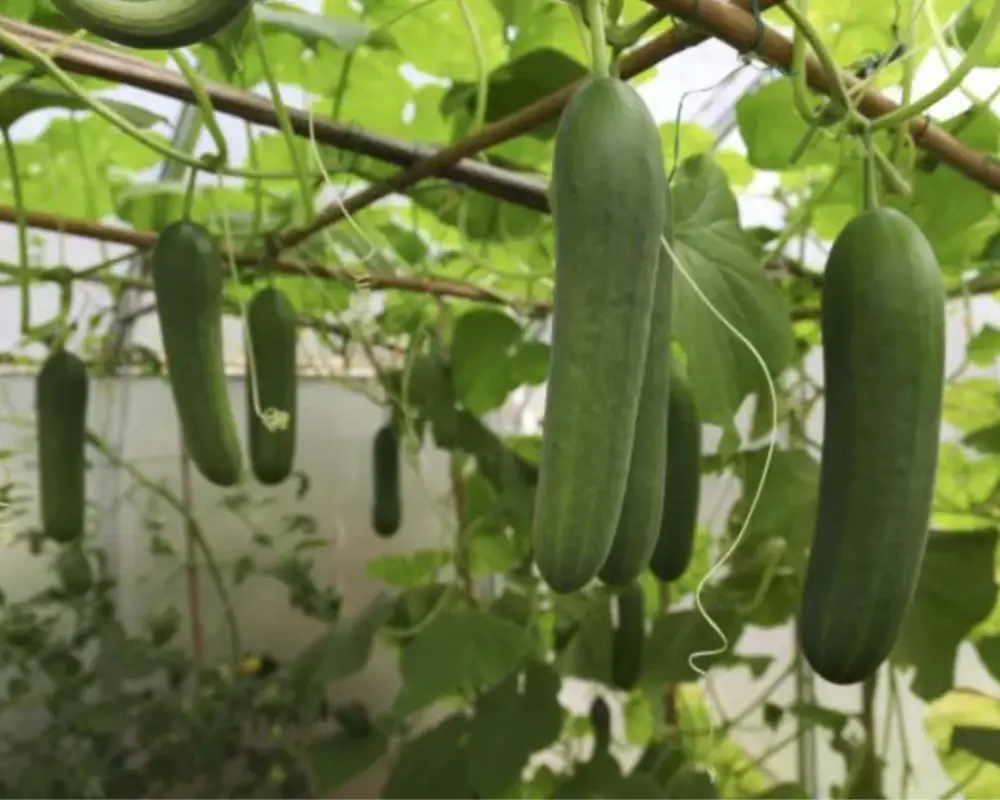
Cucumbers: Cucumbers should be stored in the refrigerator in a plastic bag. To keep them fresh, place a damp paper towel in the bag to help maintain their moisture. Cucumbers can also be pickled for an extended shelf life. Simply slice them, place them in a jar with vinegar, spices and refrigerate for at least 24 hours before serving.
Green Beans: Green beans can be stored in the refrigerator for several days. To keep them fresh, place them in a plastic bag or container, away from other produce. You can also blanch and freeze green beans for an extended shelf life. To do this, simply boil the beans for a few minutes, then transfer them to a bowl of ice water to stop the cooking process. Drain the beans, pat them dry, and place them in a plastic bag or container in the freezer.
Zucchini and Squash: Zucchini and squash can be stored in the refrigerator for several days. To keep them fresh, place them in a plastic bag or container, away from other produce. You can also freeze zucchini and squash for an extended shelf life. To do this, slice the vegetables into small pieces, blanch them for a few minutes, then transfer them to a bowl of ice water to stop the cooking process. Drain the vegetables, pat them dry, and place them in a plastic bag or container in the freezer.
Pumpkins and Winter Squash: Pumpkins and winter squash should be stored in a cool, dry, and well-ventilated area, such as a pantry or root cellar. Avoid storing these vegetables near other produce, as they can release ethylene gas, which can cause other fruits and vegetables to spoil more quickly.
Beets: Beets can be stored in the refrigerator for several days. To keep them fresh, remove the green tops, wrap them in a damp paper towel, and place them in a plastic bag. Beets can also be pickled for an extended shelf life. Simply slice them, place them in a jar with vinegar, spices, and sugar, and refrigerate for at least 24 hours before serving.
Broccoli and Cauliflower: Broccoli and cauliflower can be stored in the refrigerator for several days. To keep them fresh, place them in a plastic bag or container, away from other produce. You can also blanch and freeze these vegetables for an extended shelf life. To do this, simply boil the vegetables for a few minutes, then transfer them to a bowl of ice water to stop the cooking process. Drain the vegetables, pat them dry, and place them in a plastic bag or container in the freezer.
Brussels Sprouts: Brussels sprouts can be stored in the refrigerator for several days. To keep them fresh, place them in a plastic bag or container, away from other produce. You can also blanch and freeze Brussels sprouts for an extended shelf life. To do this, simply boil the sprouts for a few minutes, then transfer them to a bowl of ice water to stop the cooking process. Drain the sprouts, pat them dry, and place them in a plastic bag or container in the freezer.
In addition to these storage tips, there are some general tips that can help prolong the shelf life of all vegetables:
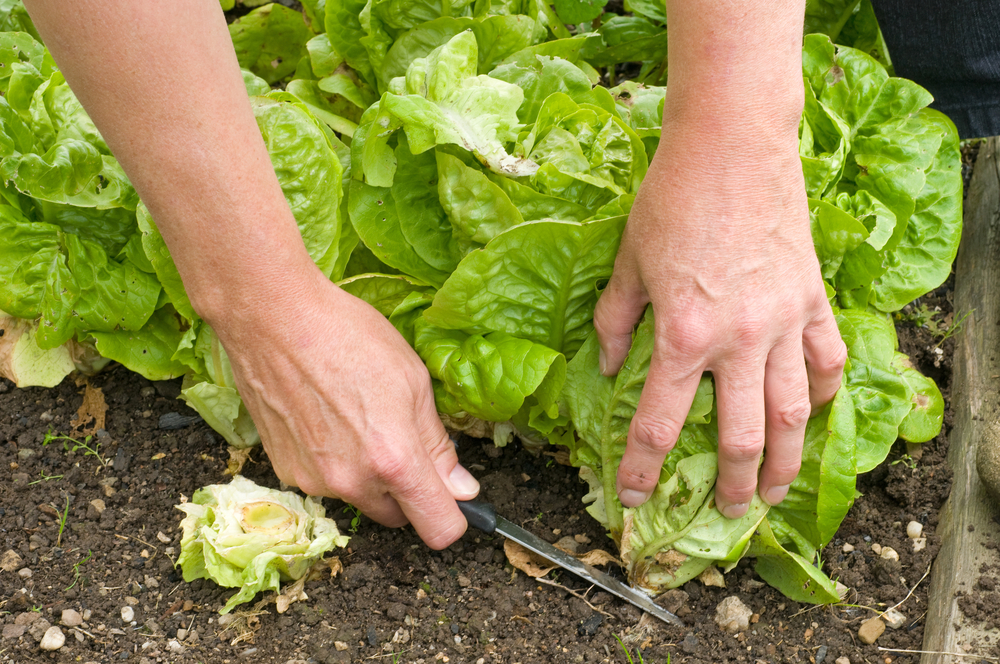
- Avoid washing vegetables until just before you plan to use them, as excess moisture can promote spoilage.
- Store vegetables in their original packaging or wrap them in paper towels to absorb any excess moisture.
- Keep an eye on your produce and remove any vegetables that start to spoil to prevent them from affecting other vegetables.
- Avoid storing produce near appliances that generate heat, as this can cause vegetables to spoil more quickly.
- Check your produce regularly and use up any vegetables that are starting to spoil before they spread to other vegetables.
In conclusion, harvesting and storing vegetables properly is essential to maximize their flavor and prolong their shelf life. By following these tips, you can enjoy your homegrown fruits and vegetables for an extended period, ensuring that you always have fresh produce on hand. Whether you’re a seasoned gardener or just starting out, these tips can help you make the most of your harvest and minimize waste. Not only does this benefit your household by saving money and reducing food waste, but it also benefits the environment by reducing the carbon footprint associated with food production and transportation.
It’s important to note that while proper storage can help extend the shelf life of vegetables, they will eventually spoil. It’s important to use your produce as soon as possible and avoid keeping vegetables for too long. By planning your meals ahead of time and incorporating vegetables into your daily diet, you can make the most of your harvest and enjoy the full flavor and nutritional benefits of your homegrown produce.
In addition to storage, there are a few other things you can do to ensure the best flavor from your homegrown vegetables. Here are some tips:
- Harvest at the right time: Different vegetables have different ideal harvest times. Some vegetables should be harvested when they are still small, while others should be allowed to fully mature. Check the seed packet or plant label for guidance on when to harvest each type of vegetable.
- Use the right harvesting technique: To prevent damage to the plant and ensure the best flavor, use the right technique when harvesting each type of vegetable. For example, tomatoes should be twisted off the vine when they are fully ripe, while carrots should be gently pulled out of the ground.
- Handle with care: Be gentle when handling your vegetables to prevent bruising or other damage. Use a sharp knife to cut through the stem of the vegetable, rather than pulling it off the plant.
- Store at the right temperature: Different vegetables have different ideal storage temperatures. For example, most vegetables should be stored at around 40°F, while sweet potatoes should be stored at around 60°F. Check the seed packet or plant label for guidance on the ideal storage temperature for each type of vegetable.
- Keep the flavor in mind: Some vegetables, like tomatoes and cucumbers, are best eaten raw, while others, like potatoes and carrots, are best cooked. Keep the flavor and texture of each vegetable in mind when planning your meals to ensure the best possible taste.
By following these tip for harvesting and storing vegetables, you can make the most of your homegrown vegetables and enjoy their full flavor and nutritional benefits. From proper harvesting techniques to ideal storage temperatures, there are many things you can do to ensure the best possible taste and texture from your homegrown produce. So get planting, and start harvesting and storing vegetables – there's nothing quite like growing your own veggies!

